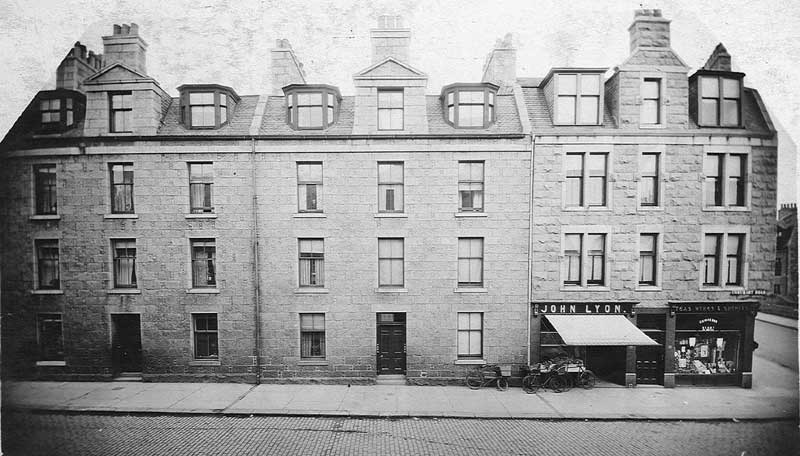DR FIONA-JANE BROWN reveals how the new science of forensics revealed the Aberdeen Sack Murderer in 1934

Sticks and Stones May Break My Bones… But names will never hurt me”, so runs the old saying; however, a hideous murder in a city tenement in 1934 proved it to be a lie.
On the 21st of April that year, in Urquhart Road, Aberdeen, 8-year old Helen Priestly was found dead in a sack at the foot of the stair in the tenement where she lived with her parents, apparently sexually assaulted and strangled.
Police would later solve the case with the help of Professor Sidney Smith, an expert in the then brand-new science of forensic medicine.
Professor Smith was able to identify unique bacteria from the victim’s vomit found in the sack, which he advised would definitely be found at the murder scene.
The true killer of the little girl would turn out to be church-going, well-respected neighbour, Mrs Jeannie Donald, whose daughter Jean was Helen’s playmate.
Helen would often tease her friend’s mother, calling her names like “Coconut”, not realising that it was festering in Jeannie Donald’s mind, causing her to despise the little brunette.
On the morning of the murder, the prosecution counsel speculated that Helen had started one of her tirades on the stairs; Jeannie had grabbed her by the shoulder close to her neck, causing Helen to faint.
She was unaware that the girl was suffering from a condition which made her lose consciousness easily, and was convinced she had killed her.

Jeannie’s first mistake was to drag the girl into her kitchen and start to cause damage to her vagina with a broomhandle in order to make it look as if she had been raped.
The first blow woke Helen up; her screaming terrified the older woman, who grabbed her by the neck until she stopped.
Now she knew she was a murderess. Stuffing the body into a jute sack, she stored it in the cupboard under the sink until the early hours, when she dumped it in the hallway, hoping people would believe Helen’s death was the work of a pervert.
The bacteria identified by Professor Smith were later found on floorcloths in Jeannie’s kitchen.
Her trial took place in Edinburgh, as Jeannie Donald was in danger of being lynched in her hometown of Aberdeen.
She said not a word to explain her conduct nor plead guilty to the charge.
Perhaps her silence was what saved her from the gallows, as she was given a life sentence, of which she served 10 years in Duke Street Prison, Glasgow.
After her release, Jeannie, now abandoned by her husband and child, was given a new identity and moved to England, living to the age of 80.
The “Sack Murder” as it was known in the police annals, was gruesome enough, but it would seem Jeannie Donald’s hatred of little Helen resonated into the very spirit world.
While working as curator for Grampian Police Force Museum, I had given a talk about the case, and was later contacted by a lady in her 80s who told me that the week before Helen’s murder, she and her friend went to visit a local fortune-teller.
These were two young teens keen to know if they would have boyfriends very soon, but they were immediately disappointed when the gypsy – my informant described her as such – told them to go away, that she could not read fortunes today.
When the girls pressed for a reason, the woman explained, “No, I canna read yer palms, my dearies, for I have seen a terrible thing in my crystal ball. A wee girlie is going to die soon and all of Aberdeen will mourn for her, so away with ye, come another day.”
My informant was convinced that the fortune-teller had accurately predicted Helen Priestly’s murder.
Indeed, people did feel Helen’s loss keenly, as a public subscription was raised to install a marble gravestone for her in the city’s Allenvale Cemetery which stands to this day.
Take care who you mock, it may be the death of you.







